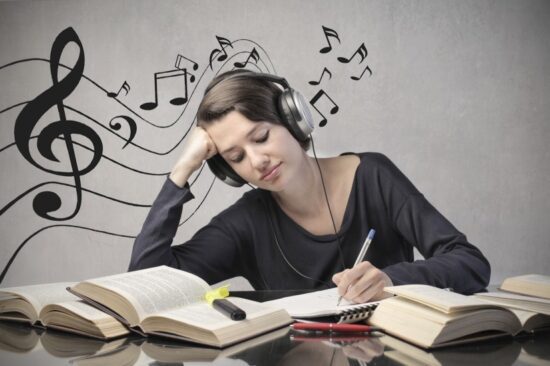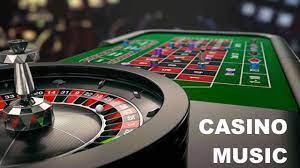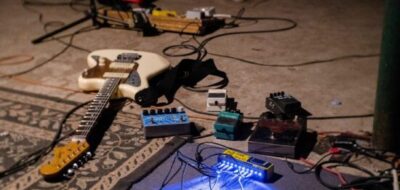Do you remember learning music at school when you probably loved these particular classes? There are plenty of reasons why so many young people and children are drawn to certain kinds of melodies. You may notice it even in your own life when preparing for your homework or dealing with any other issues at home or work. Your favorite songs can make your daily routine much more exciting and fun, especially when you can sing along with a famous singer or band.
Thus, music can have a significant impact on our life. For students, for instance, it’s relevant to incorporate music into their academic studies to help them boost their moods and inspire more significant achievements. In addition, studies have shown that listening to music on the way to school can increase a learner’s self-confidence and motivate them to more considerable accomplishments, which is relevant for college success. Thus, if you have a great urge to hear one of your favorite songs while doing your home assignments, don’t resist this desire, as it can increase mental processing and problem-solving skills. However, ensure the songs don’t distract you from the specific tasks you must implement. Otherwise, you may get the opposite effect and fail in your efforts to fulfill your work successfully.
As we can see, music plays an essential role in students’ lives, and that’s why more and more teachers tend to apply it in their courses to engage young learners in the studying process. So, let’s see three ways to use music in the classroom to help young people develop their skills and become more active during the sessions. With these three approaches, students can gain a more practical education and get new insight into how to utilize acquired knowledge and ideas in the future.
1. Energize and Relax
Music can be used for energy and relaxation. If you often utilize music in your practice at home or work, you may notice that particular melodies tend to make you feel active and full of energy. Thus, people typically play fast-tempo music in the gym for high-intensity training. In college, techno or upbeat music can also be applied in the classroom during the breaks to give students the feeling of a “wake-up call” when they need to put their thoughts together and prepare for a relevant lesson. With the fast tempo sounds, it can be easier to get motivated and start acting immediately. Besides, many young learners need this extra nudge to make them disciplined. Specific music, in this case, can do a great help.
At the end of the classes, it might be more reasonable to turn on something more relaxing and soothing to help young people abandon their worries and anxiety accumulated during the day. Thus, playing some stress relief music with water or natural sounds at the end of classes would allow students to stabilize their emotional state and reboot their energy for the following part of the day.
Do you feel exhausted and overwhelmed by your studies that you can hardly manage the upcoming assignment? Don’t let yourself get negative and stop in your academic pursuits. With a reliable writing service, you can handle any complex tasks to keep on track with your classes. Visiting https://globalhack.org/speedypaper-com/ will help you learn more about a particular company, which may become handy in difficult times.
2. To Play Educational Songs
Professors can use various genres of music in the classroom to provide young students with an excellent opportunity to learn academic material fast and with fun. YouTube channels offer the widest variety of educational songs regarding any subject and topic of the class. Choosing the tracks thoroughly with care and attention allows teachers to make their lessons more exciting and fun. Thus, in the language class, for instance, you can pull songs with rhyming and lyrics, representing different grammar rules and figurative language to let the learners perceive the information quickly. In addition, songs related to particular themes and subjects can increase students’ productivity and motivate them to learn more.
The University of Auckland created a list of mathematical songs for math and science classes to encourage young people to learn science facts with inspiring pop songs. The results of such an invention are terrific, as students started to appreciate such lessons more and showed incredible performance during the sessions.
3. Music as an Explanation and Example
It’s incredible how particular music and songs can spark students’ imagination and encourage them to participate in topical discussions. Thus, with the protest song from a specific era, teachers can make their history lessons a vivid example of what happened in a particular year and what the actions led to. In addition, with such a musical approach, it’s easier to dive into a specific topic and help students get an idea of the whole situation in the past.
Even pop songs can serve specific examples of historical events, creating a unique vibe for the lessons and engaging students in a learning process. Thus, relating the music to a particular topic or theme will help to develop a more productive and effective educational approach with the extraordinary style of providing class material. It’s also an excellent way to open a lesson and hook students from the very start.









